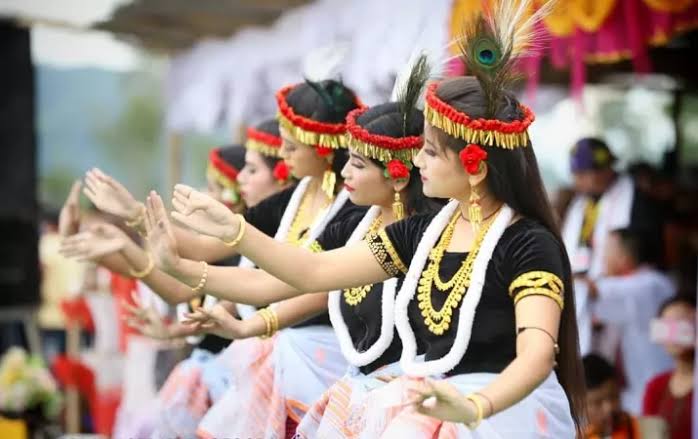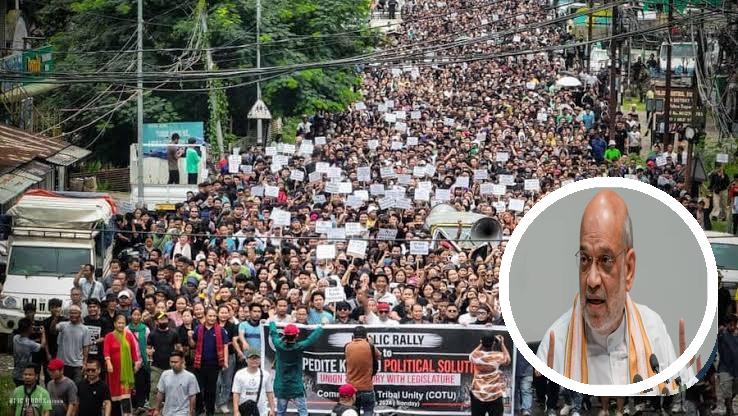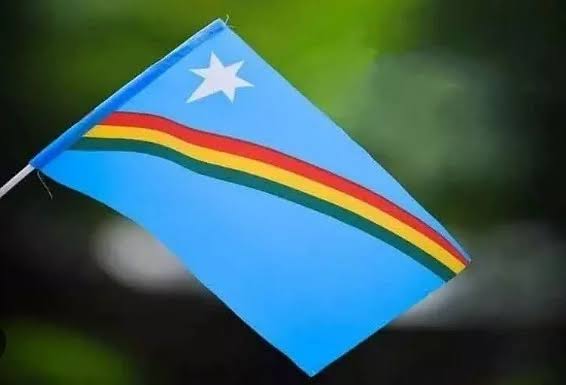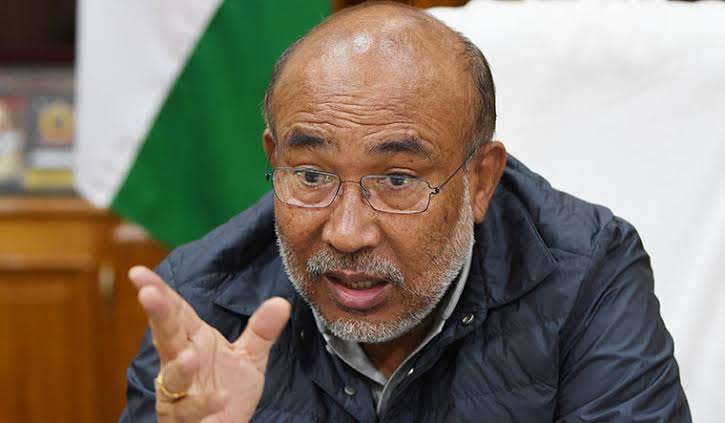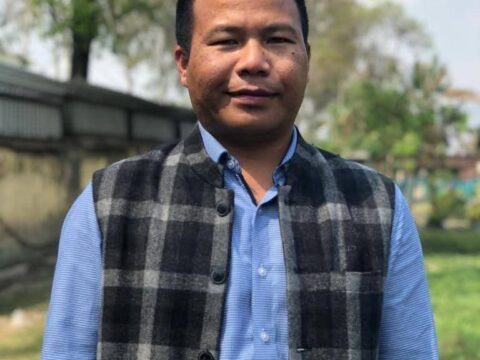Opinion
In the verdant hills and valleys of Manipur, history is not just memory—it is a battlefield. In this northeastern Indian state, one community’s version of the past has become the official record, while others are relegated to the margins. At the heart of this historical imbalance lies a difficult truth: the Meitei community has monopolized the narrative of Manipur’s history, often excluding or dismissing the rich and complex pasts of other indigenous peoples—particularly the Kukis and Nagas.
This historical centralization is no accident. The Meiteis, who have traditionally occupied the Imphal Valley, were the ruling class of the former Manipur kingdom. Their version of history is recorded in the Cheitharol Kumpapa, the royal chronicle that meticulously documents the reigns, wars, and rituals of Meitei kings from the 1st century CE.
But the Cheitharol, while culturally significant, is a deeply exclusionary document. It tells a story of Manipur that begins and ends in the valley—where the kings ruled and the temples stood—rendering the voices of the hills silent. The British colonial administration reinforced this imbalance. While the valley was directly administered, the surrounding hills—home to Kukis, Nagas, and other tribes—were treated as “excluded areas,” with little infrastructure or political development.
Post-independence India only continued this trend. School textbooks in Manipur rarely mention the Kuki Rebellion of 1917–1919, one of the most organized uprisings against British rule in the Northeast. Nor do they adequately engage with the complex political aspirations of the Naga people or the cultural distinctiveness of the hill tribes. Why does this matter? Because history is power. Whoever controls the past gets to define the present. Meitei nationalism today rests heavily on this valley-centric historical identity.
In recent years, faced with growing demands for separate administration from the Kukis and the long-standing Naga autonomy movements, the Meitei elite have responded not with dialogue, but with denial. Any historical claim outside the Meitei narrative is deemed “fabricated” or “distorted.”
The very idea that the Kuki Hills or Naga territories existed as distinct polities before the formation of the modern Manipur state is seen as a threat. This defensiveness, however, reveals an insecurity rooted in the fear of fragmentation. But suppressing history to maintain unity is a dangerous game. In doing so, Manipur becomes a house built on a shaky foundation—where exclusion breeds resentment, and silence becomes a prelude to violence.
A just and inclusive Manipur must recognize that multiple histories coexist. The story of this land is not one of a singular kingdom under Meitei rule, but of diverse nations, cultures, and resistances. It is time for a reckoning. Manipur’s hills and valley are not opposing forces, but complementary geographies of memory. Only by embracing all narratives—Meitei, Kuki, Naga, and beyond—can the state begin to heal from its long and bloody divisions.
